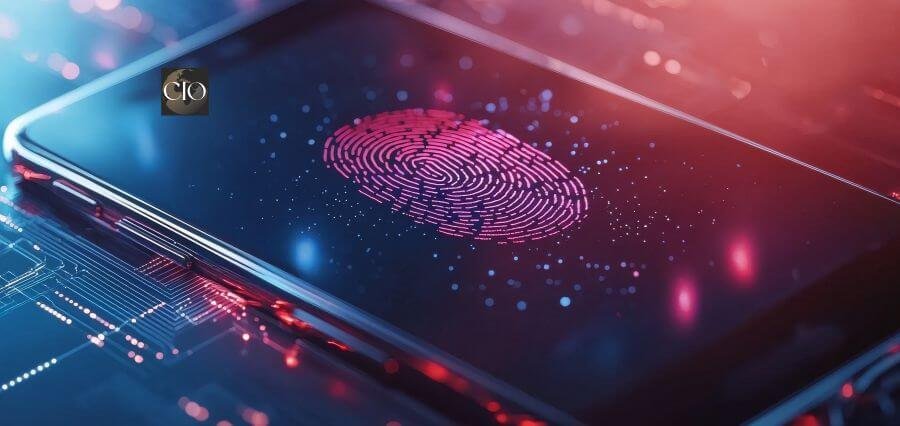The Internet of Things is an integral part of one’s daily life in the digital age. All things, from smart home appliances to industrial sensors, which connect to the internet, collect data, and share it with other devices, make up IoT. Although convenient and efficient, these devices pose a huge security challenge that cannot be ignored at any cost. Thus, awareness regarding risk due to IoT devices would help individuals as well as organizations for safe storage of personal as well as organizational data.
Understanding IoT Devices
IoT devices are implanted with the assistance of sensors, software and other technologies to enable other devices and systems to send, retrieve and process data over internet. This connectivity allows a myriad of applications, such as smart thermostats that learn user preferences, wearable health monitors that track vital signs, and connected appliances that can be controlled remotely. IoT has taken the world by storm, with billion devices estimated to be deployed worldwide. However, all this deployment has also made this digital landscape vulnerable to attacks.
The Security Landscape
One of the major concerns about IoT devices is their security posture. Most of these devices are designed to keep user convenience at a higher level and compromise on robust security features to ensure that the device is easier to use. This could mean weak passwords, unpatched software vulnerabilities, and old encryption standards. This way, IoT devices become easy prey for cybercriminals who could take advantage of these weaknesses to get unauthorized access into the networks.
IoT also comes under great difficulty regarding security as the number of the devices is massive and therefore complicates the problem. Traditional security measures are not effective against these kinds of new, unique kinds of devices; be it a firewall, or antivirus software. A problem in one of the IoT can break an entire network if there is any kind of vulnerability. The gateway for hackers to invade all the information contained in another set of gadgets could just lie in the poorly secured smart camera.
Common Cyber Security Risks
There are various types of cyber security risks posed by IoT devices. One threat is the possibility of a device hijack. When an attacker gains control over an IoT device, malicious activities can be performed; for example, DDoS attacks can be performed. In DDoS attacks, multiple compromised devices flood a target with traffic, which causes it to crash.
The next point is the issue of privacy with data. Most of these IoT devices collect sensitive data. They may range from health metrics to habits for every day. Such information being intercepted or accessed by some unknown people leads to identity theft and many such violations of privacy. Lack of strong regulations on protecting the data in most of the regions increases this vulnerability, thereby affecting the user.
Malware specifically designed for IoT devices is also on the rise. Once installed, this malware can spread across networks by exploiting known vulnerabilities in connected devices. It can steal data, disrupt operations, or even manipulate device functions for malicious purposes. The infamous Mirai botnet, which hijacked unsecure IoT devices to launch one of the largest DDoS attacks recorded, is a stark example of what might happen if proper security measures are not implemented.
Importance of security measures
IoT devices are said to pose a lot of risks; therefore, proper security measures should be adopted to minimize these risks. This means that users should choose those devices with more security features and keep updating the software in the devices. Manufacturers should update with patches and changes regarding new vulnerabilities.
Changing default settings and passwords is a crucial first step for users. Many IoT devices come with preset login credentials that are often easily guessable. By customizing these settings, users can significantly enhance their device security. Additionally, utilizing two-factor authentication (2FA) wherever possible adds an extra layer of security by requiring a second form of verification before accessing a device or service.
Network segmentation is another effective method. Separating IoT on a different network prevents malicious users from accessing other crucial devices like computers and cell phones. This way, the risk of critical data is limited even if an IoT gets compromised.
It is also important to have regular monitoring of network activity. It will keep the eye of the device behavior and will note any abnormal patterns that may help users to detect and respond to threats before they grow into larger issues. Preparing for cyber-attacks with a security incident response plan can keep organisations and individuals ready. Regulation and Industry Standards
Along with personal responsibility, industry regulation and standardized security protocols play a critical role in enhancing IoT security. Governments and regulatory bodies are now realizing the need for stricter guidelines to protect consumers and businesses alike from cyber threats. Initiatives to establish minimum security requirements for IoT devices can ensure that manufacturers give due importance to security during design and development.
The most important aspect of the IoT ecosystem is the collaboration among the stakeholders. Manufacturers, consumers, and cybersecurity experts must collaborate with each other to share information about vulnerabilities and best practices. Such collective effort may lead to a culture of security awareness and stronger, more resilient IoT infrastructure.
Conclusion
The Internet of Things is continuously growing. So does the cyber security risks associate with it. From device hijacking to data breaches, these are threats to personal as well as organizational safety. For this reason, people should take robust security measures in place, be informed regarding the latest industry developments and push for stronger regulations of the same. The design and usage of IoT devices should hence be secured in the processes to build trust within the users, and also shape a digital future.




